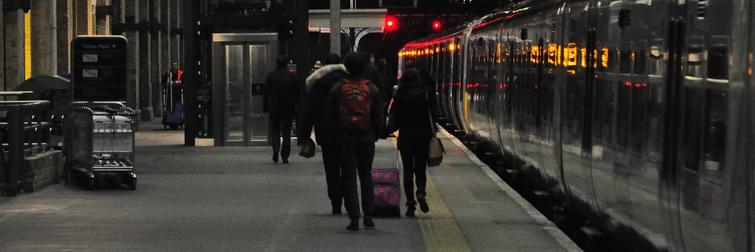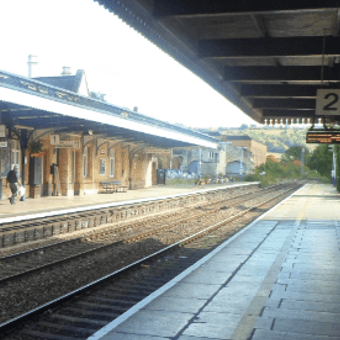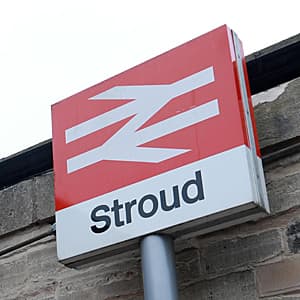
blog: Station Travel Plans 2.0
Tuesday 6th March 2018
The first generation of station travel plans (STPs) were implemented in a bid to better manage, and proactively influence, the modes of travel that people use to get to and from UK rail stations. They generally sought to actively promote sustainable travel options; reduce single occupant car trips; and tackle imbalances between parking demand, the quality of facilities for different station users, and differential impacts on neighbouring land uses.
Following an initial wave of pilots, the UK began to see mainstream investment in station travel planning - often led by local authorities and culminating in many franchise competitions building in STP requirements. The Rail Delivery Group’s pilot programme taught the transport planning industry a great deal about what makes a good STP; particularly the need for strong stakeholder engagement and ongoing commitment to partnership working.
The franchise-led approach initially tended to view the production of the STP document as the ‘output’, rather than valuing the ‘journey’ through station integration and development that the process often unlocks. It’s become increasingly apparent that STPs should be the ‘glue’ that binds deeper integration between rail and other travel modes and stimulates wider change beyond the station lease area into ‘last mile’ environments.
Building on adopted practices, ITP’s rail team believes real scope exists for a step-change in the role and function of STPs, so they become the catalyst for positive local transformation. This extends beyond physical change and regeneration, overlapping with:

- The way stations operate… and not just for rail passengers!
- How they relate to their surroundings and communities.
- The way people travel to, and use, them.
In this context an STP can help to aggressively promote a ‘rail first’ way of thinking among developers that are seeking to use their site’s proximity to a rail station as a tool for encouraging more sustainable lifestyles. In doing so they can often expect to drive-up densities and values, but somehow this does not always maximise mode-shift.
We find that potential rail customers can need a gentle nudge to embrace ‘rail first’ lifestyles. This often requires interventions that look beyond shorter-term benefits associated with residential or workplace travel plans, and which are more deeply-embedded in the rationale that underpins the delivery of new housing or employment land. In ITP’s experience this critically depends on bringing partners together earlier in the planning process – a role we know STP’s are ideally suited to!
Take Stroud, in Gloucestershire, as an example. There is a complex situation with multiple landowners and development sites surrounding the station, but also strong consensus that a masterplan approach is needed. The Town Council has taken the STP evidence base forward into a constructive way of working with other local authorities, Network Rail, GWR, developers and the community sector - building consensus en-route.
This has enabled some ‘easier’ quick-wins to be identified with the Town Council, covering localised improvements such as a new community garden, cycle hire (manual and e-bikes), better cycle parking and pop up tourism and ‘last mile’ information including an access guide for the town. This allows more major structural changes around the station to be progressed with key stakeholders - looking at the strategic role of the existing town centre car parks, access for all, improved connections to the canalfront area, and enhanced bus and taxi integration.

Where development sites near the station already have the benefit of planning permission, developers are proving keen to work with us to strengthen the physical and psychological relationship between the station and their site, and to look at how facilities at the station (eg bike hire scheme and parcels ‘drop and collect’ services) could also benefit their future residents.
Whilst the Stroud masterplan scheme is still in its planning stage, the number of business and community organisations already signing up to be part of the process is exemplary and demonstrates the importance of robust station travel planning processes to stimulate a common approach to station regeneration.
As a sector, we need to accelerate the use of the STP tool to stimulate integration across physical, operational, behavioural, and organisational levels. Otherwise we miss great opportunities for stations to become local engines for growth and community engagement.
Jon Harris, Associate Director at ITP and rail and integration lead, has worked on over 30 UK station travel plan projects. Get in touch at jonharris@itpworld.net / 07881 805 952
